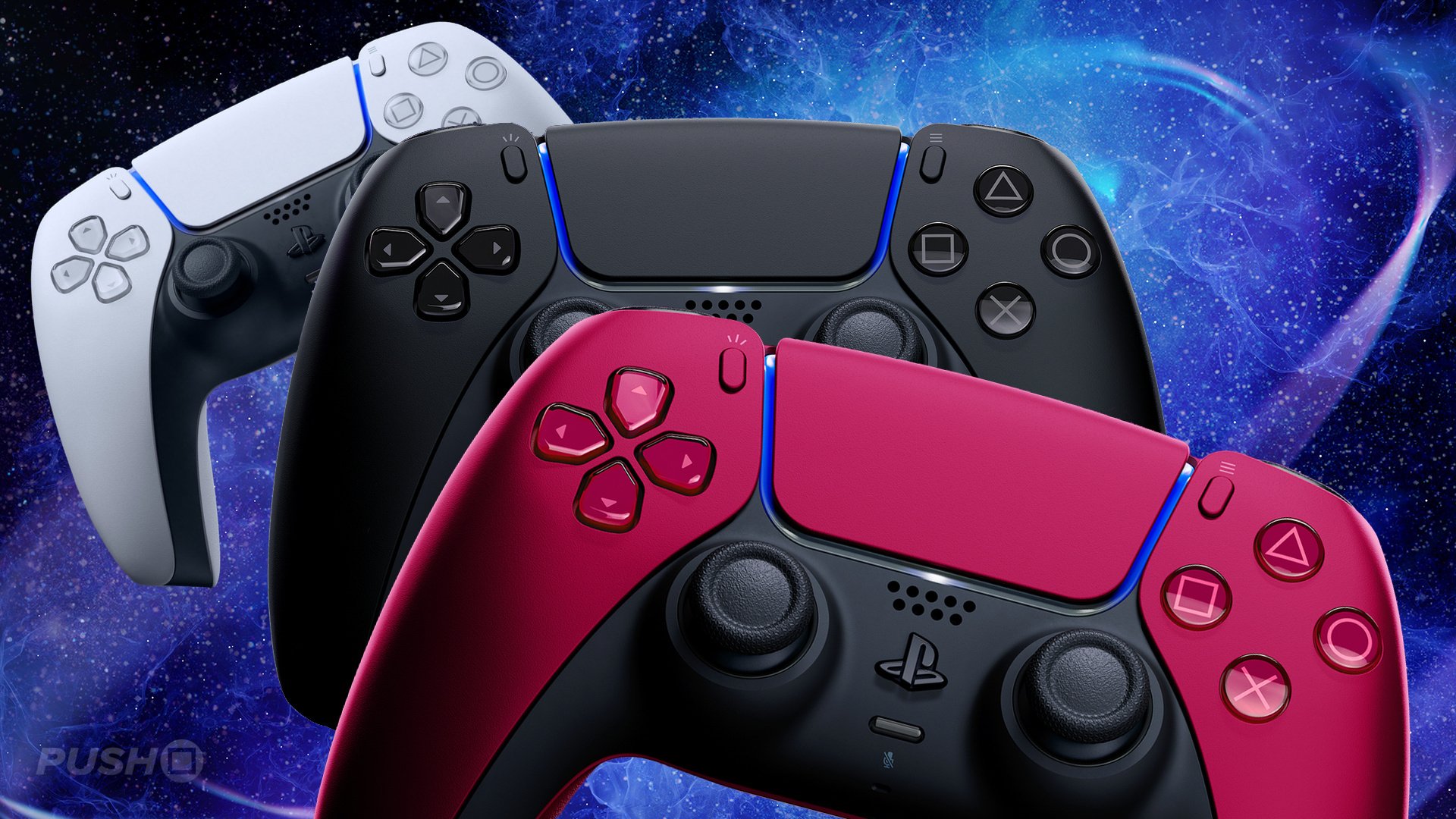When the PlayStation 3 launched in 2006, its Cell Broadband Engine processor was truly ahead of its time. Fifteen years later, the iPhone 13 packs the powerful A13 Bionic chip. Let’s take a deeper look at how these two processors compare in performance, architecture, and other key areas.
The Multi-Core Cell Broadband Engine
The PlayStation 3 processor architecture that set it apart from its contemporaries was the Cell Broadband Engine (Cell BE). This processor featured a total of seven cores - one main PowerPC core along with six synergistic processing elements (SPEs). The main PowerPC core handled the operating system tasks while the SPEs were designed for intensive parallel calculations.
A Unique Design
This asymmetrical multi-core design was groundbreaking at the time. Each SPE core contained a SIMD (Single instruction, multiple data) processor optimized for graphics, sound, physics simulation and other tasks. The three graphic cores allowed the PS3 to achieve excellent visual fidelity for its generation of games. The Cell BE’s unconventional architecture pushed the boundaries of what was possible for a 2005-era console.

Pushing the Limits of 2006 Tech
Sony engineered the Cell BE to reach maximum clock speeds up to 3.2GHz. This afforded the console remarkable computational horsepower that aided developers in crafting immersive 3D worlds. However, achieving and sustaining such high frequencies posed thermal management challenges. The PS3 had to employ an advanced cooling system to prevent overheating under heavy workloads.
The Streamlined A13 Bionic
Fifteen years later, the iPhone 13 houses the A13 Bionic system-on-chip (SoC). This is Apple’s third-generation 7nm chip featuring a next-generation architecture.
A Unified Hexa-Core Design
Unlike the Cell BE, the A13 Bionic uses a unified hexa-core design with two high-performance cores and four high-efficiency cores all focused on graphics, neural engine tasks and general computations. This streamlined approach consolidates power into a dense chip layout.
### Neural Engine for On-Device AI
One highlight is the eight-core Apple-designed neural engine optimized for on-device machine learning. This powers Face ID, augmented reality apps and other AI features on the iPhone 13 smoothly and securely. The neural engine represents Apple’s ambition for embedded artificial intelligence.
Sustained High Performance Efficiency
Whereas the PS3 processor pushed thermal limits, the A13 was engineered for sustained performance within strict power constraints. It can maintain turbo-boosted clock speeds of up to 2.65GHz without experiencing significant thermal throttling common on previous iPhone chips.
Performance Comparison - Console vs Mobile
While modern for their eras, directly comparing the PS3 and iPhone processors is not straightforward given their different design priorities. Let’s evaluate key aspects of raw performance and capabilities.
Console Gaming Dominance
The Cell BE’s asymmetric multi-core design allocated significant cores to graphics processing, giving the PS3 a definite edge for intensive 3D rendered console games. Most mobile games today don’t demand comparable graphical fidelity or physical simulations.
Multi-Tasking Power of A13
However, the unified architecture of the A13 supports advanced multi-tasking demands of iOS. It can smoothly juggle multiple apps, system services and always-on functions like “Hey Siri” without compromising responsiveness.
Benchmark Results Favor iPhone
In objective Geekbench tests measuring integer, floating-point and memory bandwidth performance, the iPhone 13 earns single-core and multi-core scores around 2200 and 5200 respectively. Estimates put the PS3’s performance around 900 for single-threaded workloads.
Thermal Designs and Power Usage
The form factors directly impacted processor designs in key areas like power consumption and cooling.
console-Scale Thermals
The PS3 had to dissipate heat from a large processor pushing high clocks within an enclosed console cabinet. Its fan-based heatsink solution helped curb temperatures at the cost of higher acoustics under load.
Mobile-First Thermal Design
In contrast, the A13 was optimized for sustained performance within strict mobile thermal constraints. Without active cooling, it leverages advanced 7nm manufacturing processes to concentrate power efficiently in a compact design.
Power Savings for Battery Life
This allows the iPhone 13 to sip only a fraction of the power consumption despite comparable real-world performance to the PS3. Such low-power design prolongs battery life for portable usage scenarios.
Architectural Evolution Over A Decade
Comparing the Cell BE and A13 highlights the dramatic changes in processor design between 2006 and 2021. Some key lessons include:
- Specialization evolved into unification - General purpose cores replaced dedicated graphics/compute units.
- RISC displaced CISC - ARM instruction sets proved more power-efficient than PowerPC.
- Process nodes shrank exponentially - 7nm beats 45/90nm for transistor density and efficiency.
- Thermals became top concern - Chips now optimize for sustained mobile performance within thermal limits. While the PlayStation 3 processor pushed the boundaries of its generation, the A13 Bionic represents the cutting-edge of sustained high-performance mobile silicon through an optimized architecture focused on efficiency, multi-tasking and on-device artificial intelligence.
 A Comprehensive Guide to Choosing the Best PlayStation 5 Controller
A Comprehensive Guide to Choosing the Best PlayStation 5 Controller